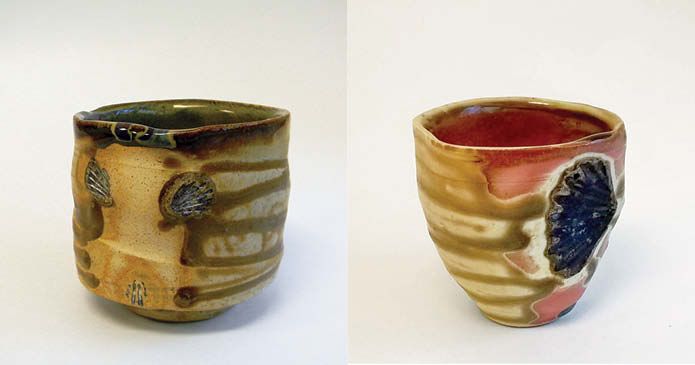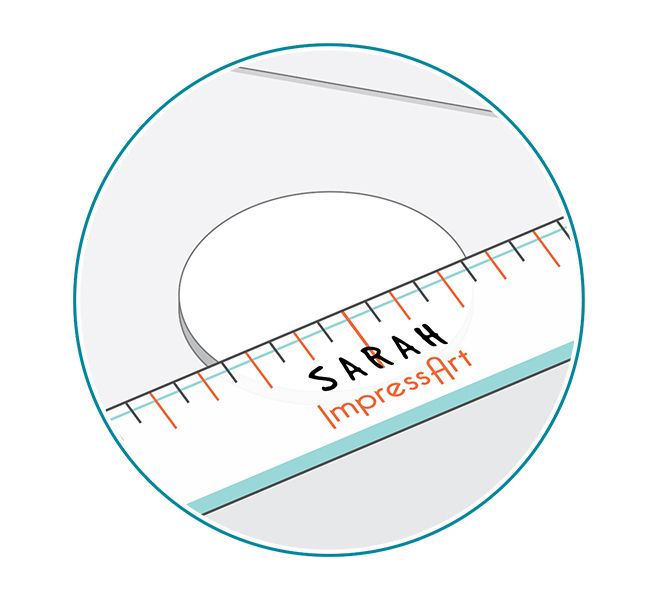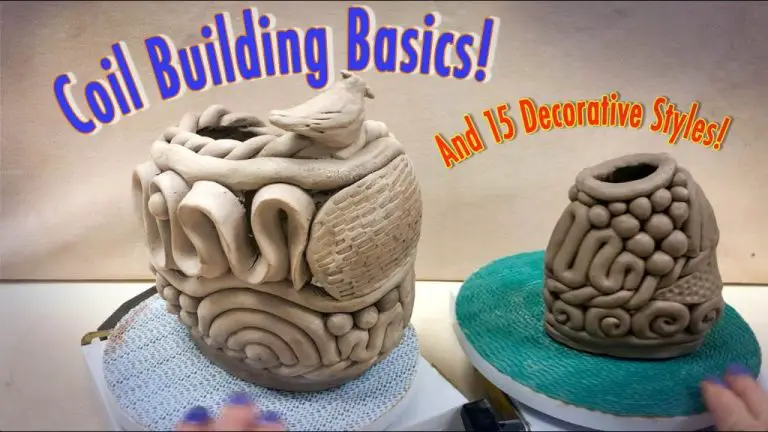Why Were Clay Pipes Thrown Away?
Clay tobacco pipes were first introduced in England in the late 16th century and quickly became the most common way to smoke tobacco. Over the next 200 years, clay pipes achieved widespread popularity and were used by people across all levels of society. Millions of clay pipes were manufactured and subsequently discarded during this time. Studying these discarded clay tobacco pipes provides insights into manufacturing techniques, decorations, fragility issues, and patterns of use and disposal over time.
While clay pipes were ubiquitous in the 17th and 18th centuries, they began to decline in popularity in the early 19th century as other materials like briar became more available. The large numbers of fragile clay pipes that did not survive regular use and ended up discarded in trash pits and landfills provide a valuable archaeological record. Analyzing markings, manufacturing flaws, decorations, and signs of damage and wear on these excavated pipes can reveal information about the smokers who used them and broader cultural trends and practices around tobacco consumption.
Manufacturing and Materials
Clay pipes were traditionally made from clay with high kaolin content, which made the pipes durable and resistant to heat when smoking (The History, Manufacture, and Use of Clay Pipes, https://www.smokingpipes.com/smokingpipesblog/single.cfm/post/the-history-manufacture-and-use-clay-pipes). The manufacturing process involved shaping the clay into a pipe form using molds, often made of carved wood or metals like lead or brass. The shaped clay was then fired at high temperatures in a kiln to harden it (Clay pipe making, https://heritagecrafts.org.uk/clay-pipe-making/).
The clay mixture and firing process gave the pipes strength to withstand being smoked, while keeping them lightweight. The clay was often blended and prepared in particular ways to achieve optimal properties. Over time, pipe makers perfected clay mixtures and kiln firing methods to maximize durability.
Functional Qualities
Clay pipes were ideal for smoking tobacco due to their heat resistance and ability to draw smoke through the stem and bowl. The porous nature of clay allowed smoke to pass through while the material itself could withstand the heat of burning tobacco without cracking.
According to the Reichelt Plumbing blog, clay pipes are resistant to high temperatures up to 2,000° F. This made clay an excellent material for tobacco smoking pipes. The clay material did not burn or degrade when exposed to lit tobacco.
The porous quality of clay also enabled pipes to draw air through the tobacco in the bowl end and deliver smoke through the stem. This porosity came from the natural microscopic holes in the clay material. However, porosity issues also lead to moisture retention and absorption which could impact the pipe’s effectiveness over time.
Decorations
Clay tobacco pipes were often decorated with stamped or molded designs. These designs served both decorative and functional purposes. According to Clay Tobacco Pipes, common decorations included ribs, scallops, leaves, and symbols relating to taverns or masonry.
There were also regional differences in clay pipe decorations. Pipes made in England often featured more ornate stamped designs, while Dutch pipes tended to have simpler decorations. According to Dating Pipes, pipes from Bristol frequently had intricate stamped designs, while those from London had simpler markings. The designs and stamps can help identify where a pipe was made.
The act of decorating clay pipes was also functional. Adding ribs and ridges helped strengthen the pipe stem, while stamped designs created an improved grip and prevented slipping while smoking. The decorations served both aesthetic and practical purposes for clay pipe smokers.
Cost
Clay pipes were very inexpensive to produce, especially compared to other materials like briar or meerschaum (Pipeshoppe). The clay material was abundant and easy to mold into shapes. Since the pipes were so cheap, they were considered very disposable and smokers did not feel the need to carefully maintain them.
In the 18th century, a typical clay pipe could be purchased for just a penny (Pipes and Cigars). Even ornately decorated pipes were affordable for most people. This low cost made clay pipes accessible to all classes of society at the time.
The disposable nature had tradeoffs. While smokers could easily obtain new pipes, they would go through them quickly as they broke frequently. But the low cost made this mostly an inconvenience rather than a real economic burden.
Fragility and Breakage
Clay pipes were prone to breakage and had a relatively short usable lifespan. The clay material was quite brittle and could easily become chipped or cracked from pressure, movement, or impact (Clay Sewer Pipe Repair). Even minimal ground movement over time would cause pipes to develop fractures. Tree roots penetrating pipe joints was another common cause of breakage, as the roots would grow larger and crumble the fragile clay (Clay Sewer Pipe Repair). Cracked and broken pipes then leaked wastewater into the surrounding soil. The brittle nature of the clay thus limited the functional lifespan of these pipes.
Compared to modern PVC or concrete pipes, the clay material was far more prone to damage both during installation and throughout its service life. Sections of pipe had to be carefully handled and joined, or cracks would develop. And any chips or cracks that formed later could not be repaired, only replaced. The fragility of the clay meant sewer and drain lines faced much more rapid deterioration than modern piping.
Sanitation
As clay pipes aged, residue from substances like tobacco and other debris became absorbed into the porous material, making the pipes increasingly unsanitary over time.1 The clay surface was uncleanable once residue seeped in. This raised health concerns, as germs and bacteria could accumulate in the pipes.2 The unhygienic and uncleanable nature of the aging pipes was a major factor in their eventual obsolescence.
Smoking Culture
During the heyday of smoking in the late 19th and early 20th centuries, daily smoking multiple times per day was very common. According to sources from the CDC, in 2021 nearly 12% of U.S. adults smoked cigarettes, down from over 40% in the mid-1960s.[1] Studies show that of smokers, over 40% smoked more than 5 cigarettes per day in the past.[2] Up to 60% of smokers reported smoking 1-5 days per month, with nearly 20% smoking 6-19 days per month.[3] With smoking so frequent and widespread, it became habitual to simply toss away clay pipes once they became fouled from heavy use.
Archaeological Insights
Clay tobacco pipes can provide valuable insights into the time period in which they were used. The early manufacture of clay pipes began in England in the late 16th century. From then on, pipe making spread to other areas like the Netherlands, France and the American colonies. The heyday for clay pipes was the 17th century through the early 19th century.
Clay pipes often have markings stamped into them, indicating the pipe maker. This allows archaeologists to trace the distribution and trade of pipes. Stylistic elements like decorative patterns and shapes also provide clues about the time period and popularity of styles. The bore hole size of the pipe stem also narrows over time, providing a method of roughly dating pipes known as clay pipe dating.
Beyond markings, the context in which pipes are excavated provides insight about the lives of people in the past. Who was smoking and where? Were pipes for social smoking or individual use? How many pipes does a site have? Clay pipes give a glimpse into smoking culture and other activities taking place at archaeological sites.
Conclusion
In summary, there were many reasons why clay tobacco pipes were discarded so prolifically. The pipes were made of fragile white clay that easily broke. They were also designed as disposable items, meant to be thrown out after short-term use rather than cherished and repaired. The small cost of a clay pipe made it easy to toss aside and replace. Shifting social attitudes toward smoking and manners also contributed to the casual disposal of used pipes.
Studying discarded clay pipes provides valuable insights into past smoking habits, dating archaeological sites, trade networks, manufacturing innovations, and other aspects of material culture. Paying attention to what people threw away reveals many details about everyday life and practices. Mundane discarded objects may lack the prestige of deliberate artifacts, but their abundance makes them prime resources for learning about the lives of ordinary people in past eras.






